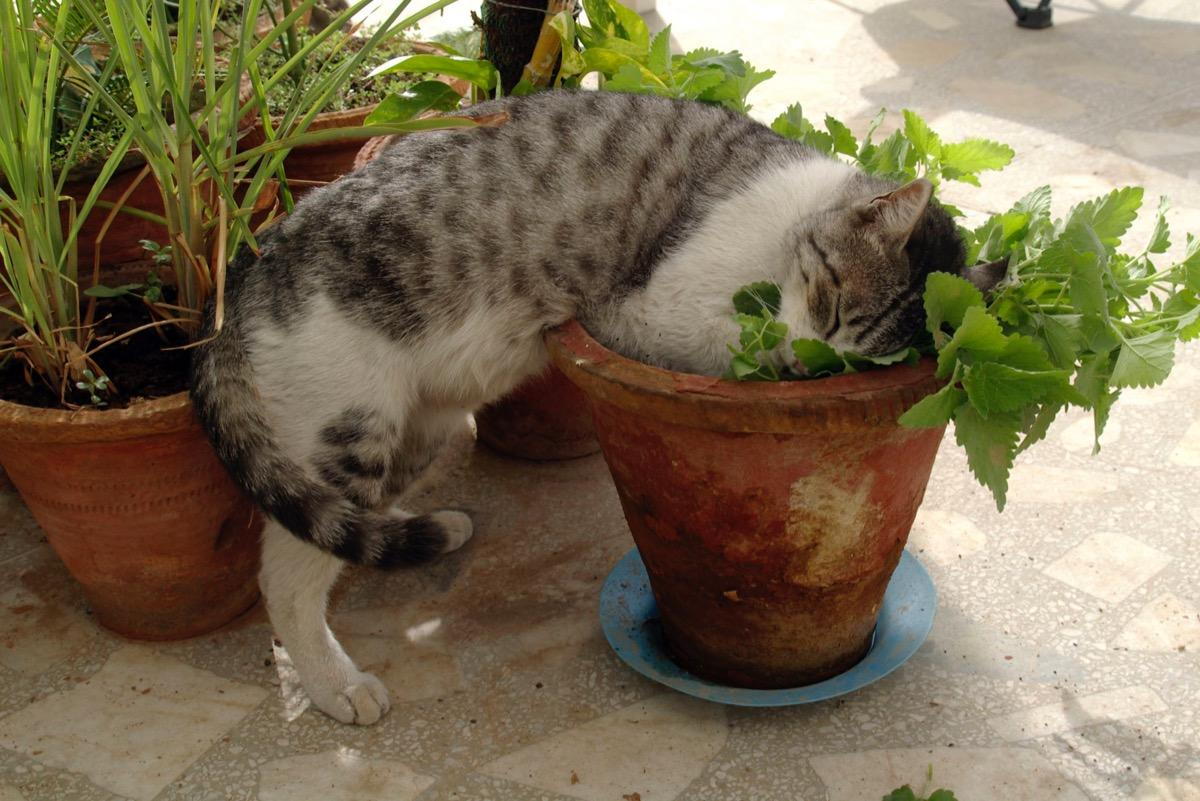CATNIP FOR YOUR KITTY?

- posted: Oct. 21, 2019
Have you ever wondered about why some cats respond to catnip and others do not? Are there other similar compounds that cause a similar reaction?
There is an essential oil in catnip (part of the mint family) called Nepetalactone. Some 68% of cats inherit a sensitivity to the effects of catnip. The signs of catnip sensitivity emerge from about 3-6 months of age. Smelling usually creates increased activity while eating the catnip can create a more mellow attitude.
Silver vine is a plant found in the mountainous regions of eastern Asia that also acts as another powerful cat attractant. It is more potent than catnip and can cause increased activity - rolling, meowing, licking and cheek rubbing. Approximately 79% of cats responded to silver vine.
Tatarian honeysuckle is another stimulant that 53% of cats respond to. The bark is safe for cats, but some species of honeysuckle have toxic berries and leaves. For this reason, we would not recommend this for cats.
Valerian root is another herb that causes 47% of cats to have a reaction. Actinidine in the main compound that causes more relaxation and a decrease in anxiety. In people it is used to help with sleep problems and anxiety.
The key with any of these compounds is moderation. A little will go a long way. Enjoy expanding your cats horizons.

